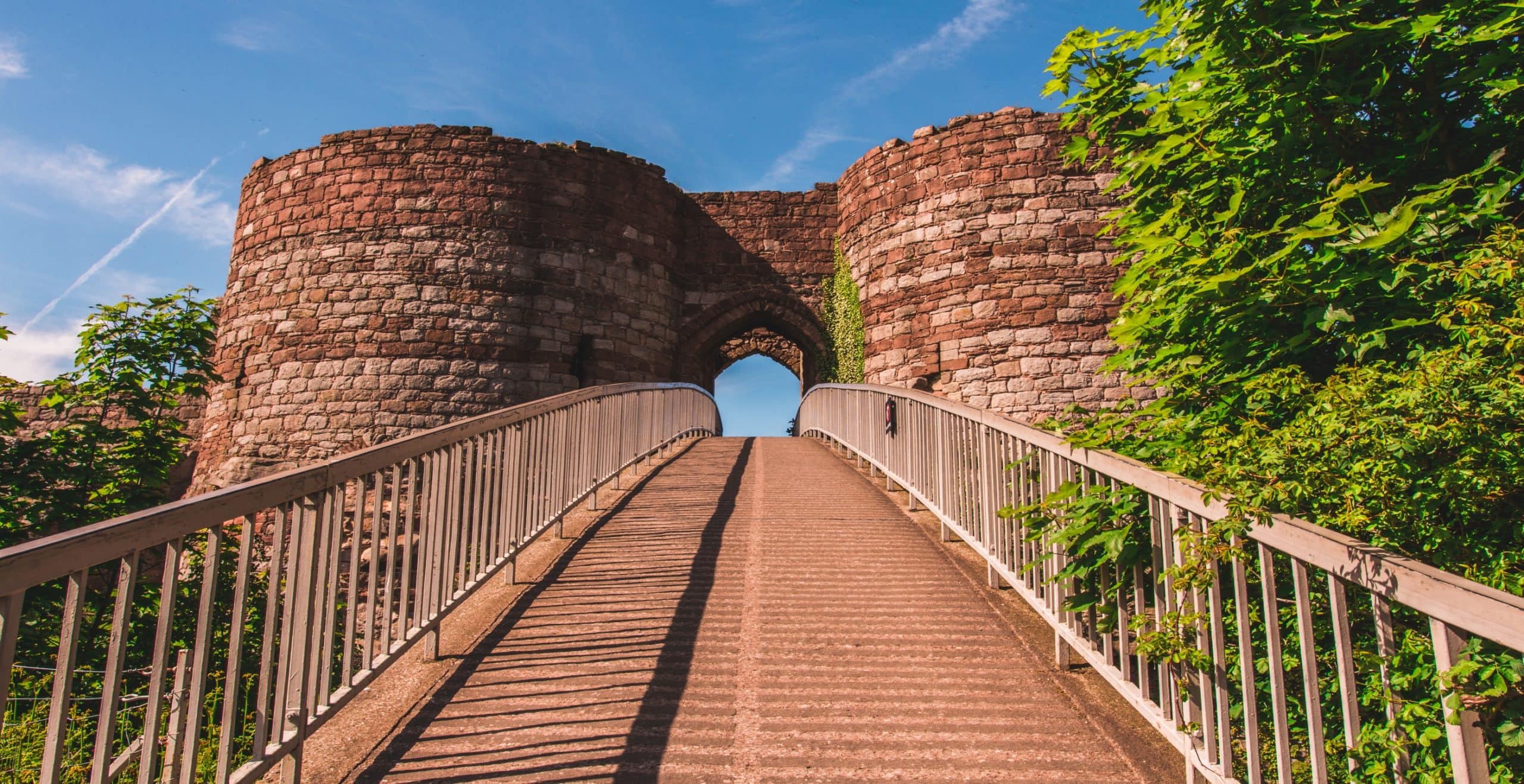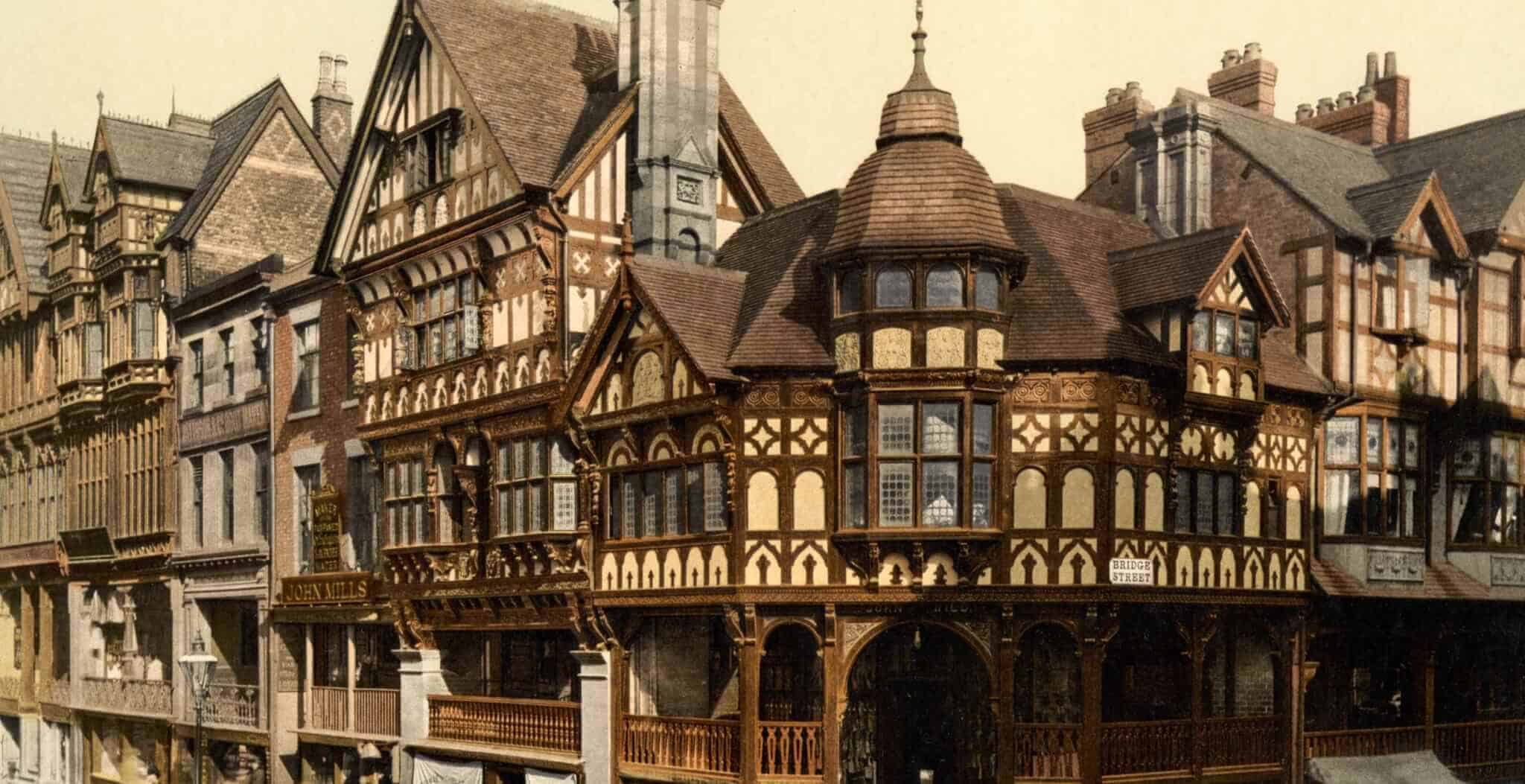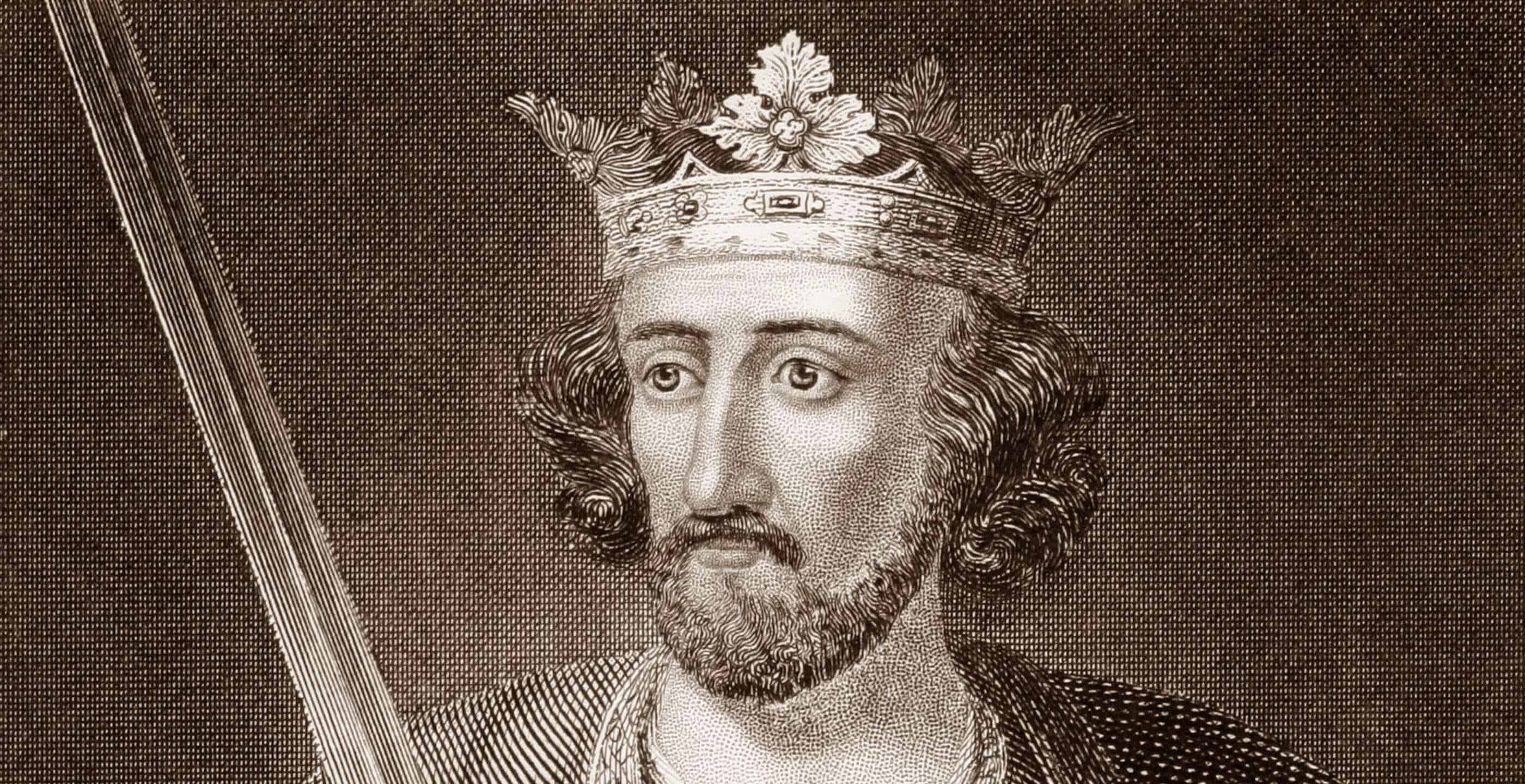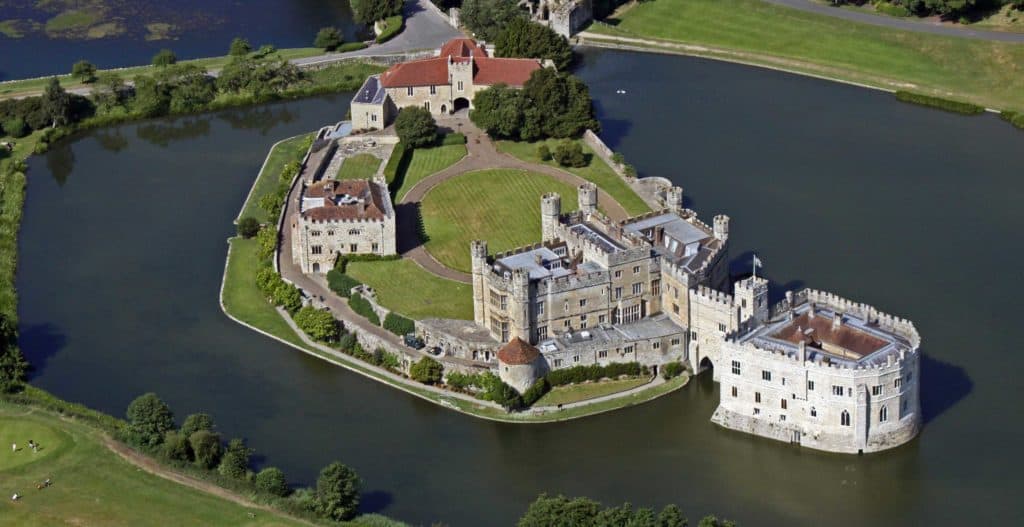Telephone: 01829 260464
Website: https://www.english-heritage.org.uk/visit/places/beeston-castle-and-woodland-park/
Owned by: English Heritage.
Opening times: 10.00 – 16.00. Days vary throughout the year, see the English Heritage website for more details. Last admission is an hour before closing. Entrance charges apply to visitors who are not English Heritage members.
Public access: The castle is situated at the top of a very steep hill with many uneven surfaces so wheelchair access is not advised. Dogs on leads and assistance dogs are allowed and the site is family friendly with baby changing facilities available. A pay and display car park can be found 10 metres away, although this is not operated by English Heritage and prices may vary on event days.
The ruined remains of a 13th century castle. Standing on a rocky crag high above the Cheshire Plain, Beeston Castle was built in the 1220s by Ranulf de Blondeville, 6th Earl of Chester, on his return from the Crusades. The outstanding natural defences of the site show signs of human occupation dating back to Neolithic times. The earliest defensive structures in the form of earthworks on the crag were constructed either in the later Bronze Age or early Iron Age, and therefore date to the first millennium BC. During the later Iron Age, defences were strengthened and facilities for storage were installed, suggesting the need to hold the hillfort against attackers, though there is little evidence for Roman influence at the site.
Ranulf de Blondeville (also rendered de Blundeville) was an experienced soldier and a loyal supporter of King John during the Barons’ War. For this he was granted lands and titles throughout the land. On returning from Crusade, Ranulf needed to reinforce his authority as his favour with the king began to decline. Using his knowledge of Crusader architecture as well as continuing aspects of the later Iron Age plan, Ranulf created several strong castles including Beeston. His design used strong round towers, curtain wall, and a double gateway rather than the traditional keep. It was a thoroughly practical military design, with little opportunity for any internal development in the rocky and uneven inner bailey. The large outer bailey, however, was big enough to house a large retinue.
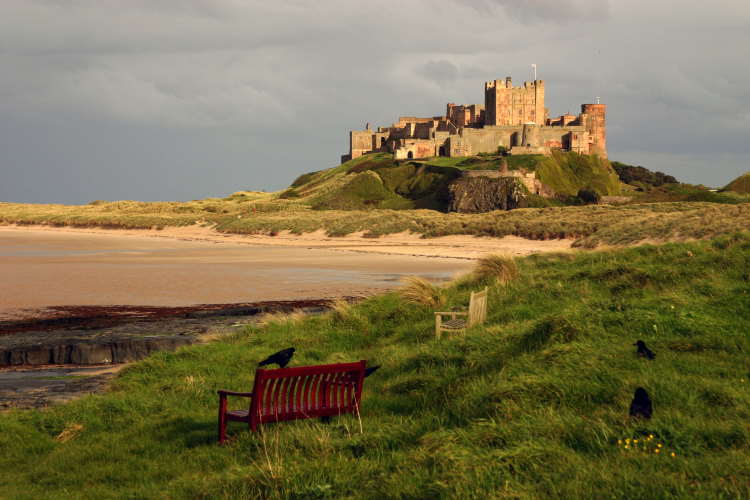
Ranulf died before the castle was complete, and it was soon taken over by Henry III who granted it to his son, Edward I. A major programme of refurbishment and rebuilding took place in the 14th century, but by the 16th century Beeston Castle fell into disuse and decay. However, Beeston Castle’s strategic importance and defensive location was too important to be ignored. During the English Civil War, the castle was occupied by Parliamentarian forces when a small force of Royalists managed to enter and provide access for other supporters. After being bombarded through 1644 to 1645, the besieged Royalists finally capitulated after the Battle of Rowton Heath. It was partially demolished in 1646, in accordance with Oliver Cromwell’s destruction order, to prevent its further use as a stronghold. Treasure belonging to Richard II is rumoured to be hidden in the castle grounds. In the 19th century, Beeston Castle underwent further restoration and became a popular venue for visitors.
